In Cambodia, there are two main species of resin trees. They are Dipterocapus intricatus and Dipterocapus alatus. The Dipterocapus intricatus trees come from the lineage of the deciduous dipterocarp species and can grow to the height of up to 30 meters and 120 cm in diameter. The Dipterocapus alatus trees can be found in semi-evergreen forest. They can grow to the height of up to 45 meters and 3 meters in diameter. Resin collection from these trees is often processed for industrial, domestic uses such as paints, perfumes, varnishes and boat caulking products.
According to the United Nations Development Programme’s (UNDP) Human Development Report in Cambodia (2019), resin has traditionally been harvested for income in at least 10 provinces. A majority of resin tapping activities is located in the north and north-eastern landscapes, especially in the Prey Lang and the Eastern Plains Landscapes. This UNDP report also highlighted that collecting resin can provide a household with an income of approximately USD 340 to over USD 1 700 per year, depending on the number and age of traditionally owned trees and market demand. The estimated value of the sector is at USD 4.7 million to USD 15 million. To improve resin productions, the report suggested that resin trees should be effectively protected from illegal logging, and resin products should be diversified to increase the prices as the raw resin is cheap. It also recommended that investment in research and development, entrepreneurship promotion and strengthened support services could develop the resin value chain, and foster new products and markets.

Resin trees in O Daskor community forestry
Kampong Thom province has a total of 479,689 hectares (ha) forest area, consisting of 194,251 ha evergreen, 14,850 ha semi-evergreen, 45,948 ha deciduous, and 224,640 ha other forest categories. The total forest area is also classified into protected areas, wildlife conservation corridors and community forestry.
Tumring REDD+ Project started in 2015 with the aim of supporting 14 community forestry (CF) groups located in 17 villages in Kampong Thom to protect the remaining forestland from illegal encroachment. One of the project’s objectives is to support local communities’ livelihood by increasing agricultural productions. To implement this objective, the Project Management Unit (PMU) is supporting members of the O Daskor CF because this CF area contains a significant number of resin trees. Revenue from resin tapping could be significant and thus has potential to contribute substantially to livelihood improvement of the CF members. However, it is noted that knowledge on group formation as a strategy to ensure access to market, stabilize resin price, jobs creation and sustainable management of resin trees is limited amongst the CF members.
Therefore, this case study has two objectives. First, it assesses income from resin tapping as well as the threats and opportunities. Second, it offers recommendations to improve resin productions and livelihoods of the CF members.
Methods to collect data for this study were questionnaires, semi-structured interviews, group discussion, and field observation. Interviews were conducted with resin-tree owners to assess their dependence on income from resin tapping. 36 resin tree owners (6 of whom were women) participated in the interviews. A group discussion with 25 resin tree owners (8 of whom were women) focused on a prepared list of questions regarding the threats and opportunities for resin tapping. The average age of interviewees and group discussion members was 40 years old, with the educational level ranged from 5th to 12th grade. A majority of the participants (70%) have an average monthly income of USD 180, while the rest (30%) could earn between USD 50 and USD 100. Field observation was also conducted at the project site to gather information on the status of available resin trees, resin stocks and its storage facility. Additional to these primary data, the research team gathered secondary data from different pieces of literature such as reports and news articles to contextualize and validate findings from the field observation and interviews. Data analysis was done using Microsoft Excel 2016.

Resin group members had a meeting with project management unit
Concerning resin tree ownership in O Daskor CF, its members own a significant number of resin trees located in different areas such as O Daskor CF, Permanent Forest Estate, and Prey Lang Wildlife Sanctuary. The CF members own between 70 and 3,000 resin trees, while the average number of ownership is 600 resin trees per household.
To collect the resin, CF members need to travel to different resin trees to tap them. CF members need to bring along tapping equipment such as knives, axes and plastic containers. To transport the resin containers, CF members travel by motorbike or hand tractors. Generally, about 90% of the CF members could collect one container of resin per person a day given that resin collection is a secondary income. The remaining 10% of the CF members would collect between two to three containers per person a day as this is their primary job and income. After the collection process, CF members would store the resin in their houses and wait for the middleman to come and buy. There are three to four middlemen who come to buy the resin in this community forestry.
Some middlemen are from the village, and others are from other villages. There are two types of resin that CF tapped: transparent or viscous resin. Currently, CF members could sell a container (a container contains 30 liter of resin) of transparent resin for USD 15 and USD 7.5 for the viscous resin. A few years ago, CF members could sell a container of transparent resin for USD 30 and USD 15 for the viscous resin. The reason for the significant decline of the resin price was due to the increasing alternatives that could be used in place of resin. For example, new variety of glue could be used instead of resin in boat caulking process, and new lights and electricity could be used instead of resin torch.
Resin, however, still plays a significant role in the livelihoods of CF members because they could collect resin all year round. Their income from resin is still between USD 50 and USD 100 a month with the current price. Additionally, CF members could use the income from resin tapping to buy agriculture materials and fertilizers to generate additional incomes from their farming activities. The income from resin is more stable because resin could be tapped twelve months a year, while the income from rice, cashew and cassava is only once a year.

CF member is tapping a resin tree at O Daskor community forestry
Nevertheless, the resin storage facility including stock house and plastic containers are needed to support the CF to collect resin from the forest and store those resin in an appropriate place. The resin stock house plays a significant role in protecting the quality of the resin from rain and heat. The stock house is also a meeting point, where CF members can sell their resin. In addition, quality of the resin is also needed to improve as low resin quality is part of the reasons, which caused the price to drop down. Technically, the CF members do not know ways to improve and preserve the resin quality during and after collecting the resin from the forests.
Regarding threats for resin trees, CF members have several concerns. Some resin trees were illegally cut by perpetrators because those trees are located far from the villages. Some other resin trees died because of drought, which also lead to wildfire. Other resin trees died due to storm and wind gust. Some of the CF members also expressed concerns on the possibility of land concessions being granted by governments for economic land concessions or for social land concessions which could overlap with their villages. Therefore, CF members requested the Tumring REDD+ Project to help address these possible threats. Additionally, they also asked the project to help them conserve the resin trees as long as possible and stabilize, if possible increase, the price of resin.
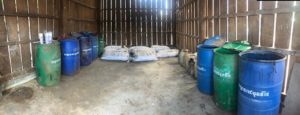
Tumring REDD+ Project supports O Daskor CF the capital investment and resin stocking materials
Drawing from the results and discussion section, the following recommendations are proposed:
- Prevent illegal land encroachment, where resin trees are located.
- Support community forestry patrolling activities to combat illegal resin trees felling.
- Support capital investment for buying groups, which are led by community members. These buying groups should have management committees, who work very closely with community members to buy their resin in the villages. These buying groups then should be linked to relevant Agricultural Cooperatives in the project area.
- Provide needs regarding resin storage facility and resin containers.
- Establish more resin storage places or warehouses across the project site.
- Support CF members and buying groups on ways to improve and preserve resin quality through available new technology transfer and technical trainings.
- Improve information dissemination on the market prices of resin.
Acknowledgement
This information brief was supported by Tumring REDD+ Project and prepared by the Project Management Unit (PMU). The PMU was assisted by members of the O Daskor Community Forestry Management Committee to conduct interviews with their CF members.


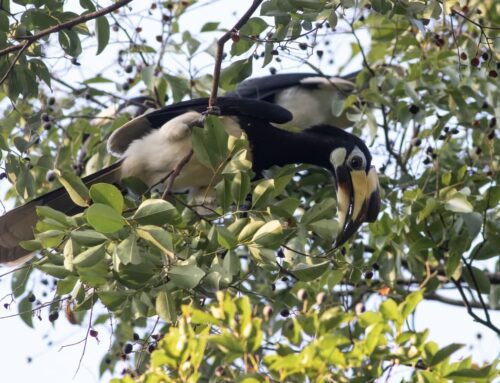
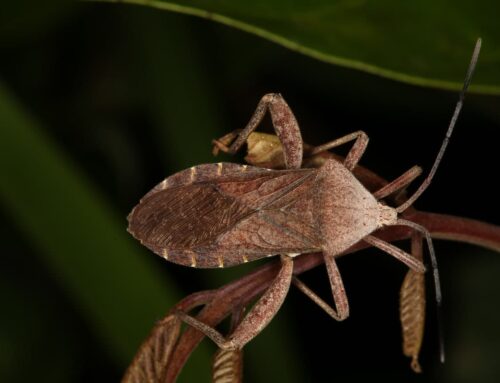
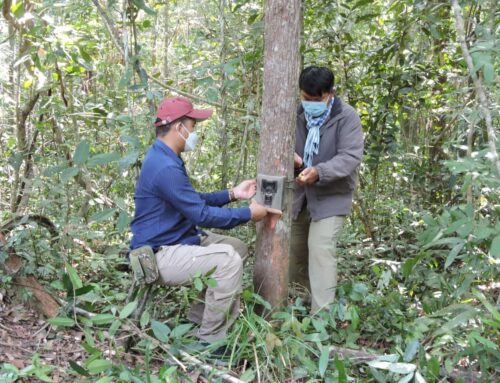
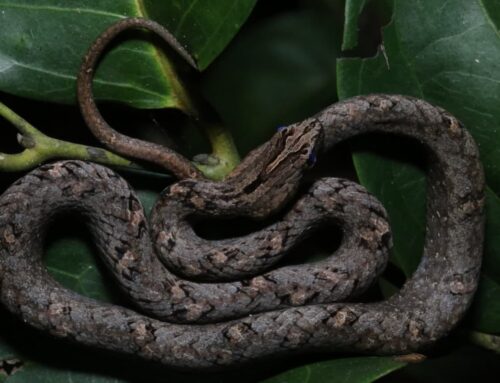
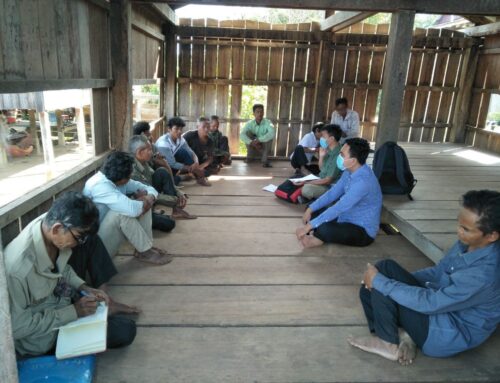
Leave A Comment